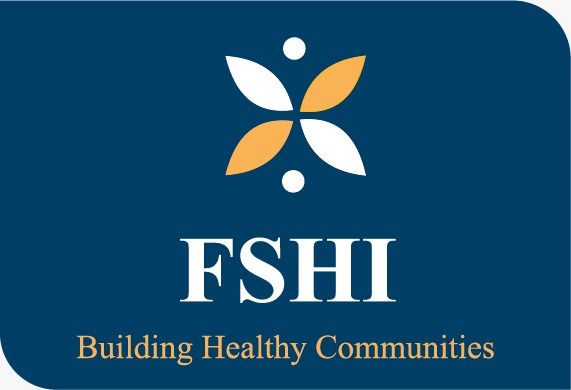

The project asssessed more than 6000 chidren for physical, mental and emotinal wellbeing from 28 high schools in Bangalore Rural and Urabn Districts. Half of them were government schools.
Key Findings of the Safe School Study
The safe school survey was conducted in two taluks, one in Bengaluru Rural and the other in Bangalore Urban among school children aged 13-16 years attending grades 8-10th class. The survey was undertaken to assess school environment and children health and wellness and psychosocial aspects in 2019.. We have undertaken survey of the entire class of all the chosen government (14) and private schools (14). Totally 6153 children were part of the study. Students anonymously self-administered questionnaire covering demographics (age, gender), nutritional status, mental health and emotional status, physical activity, dietary, tobacco and alcohol.
Nutritional status: One of key striking finding is 1 in every 10 children goes to school hungry most of the time or always because of lack of sufficient food in their homes. A much higher proportion of students (62%) were measured to be underweight. On the other hand, the problem of overweight/ obesity also seems to be emerging, with 8 % and 1% of students measured to be overweight and obese, respectively. Further, mild anemia is reported among 18 percent of the adolescents. Moderate anemia is reported among 7 percent of the study participants and severe anemia among 0.5 percent
Risky dietary behaviours and limited physical activity: About 40% of the students reported drinking carbonated soft drinks one or more times per day and a similar proportion (45) reported eating junk food on two or more days in the past 7 days especially in private schools. On the other hand, only around 20 % of the students reported usually eating fruits two or more times per day and 18 % reported usually eating vegetables three or more times a day. Nearly, 25% of the children not trying to do any physical activity.
Tobacco: Nearly 1.4% of students reported that they initiated smoking or smokeless tobacco product (such as chewing tobacco or betel quid with tobacco); current tobacco smoking is 1.8 %. About 69% reported first smoking tobacco before the age of 14 years among those who ever smoked. The initiation to chewing tobacco is around 1.7 %
Alcohol and substance use: About 28 percent of the students had their first drink at home which indicates that many have easy access to it at home. Initiation to Alcohol consumption is higher among adolescents in government school than private school either at home (43% versus 3%) or nearby school (1.4% versus 0.7%).
Regarding the intake of drugs in last 12 months, it became clear that 2 percent have had drugs at least 1 to 2 times in last 12 months
Mental health
Loneliness: Almost 15 percent of these adolescent feel lonely most of the time or always. And this loneliness is equally experienced by those studying in government as well as private schools.
Sleep disturbance: 22 percent of adolescents in the government schools had difficulty sleeping most or all the time due to one or the other worry. Those adolescents studying in private schools enjoyed relatively better sleep with 12 percent having difficulty sleeping most or all the time.
Sadness: It became apparent that those studying in government schools were experiencing sadness and loneliness as high as 41 percent.
Focus on academics: Nearly 20 percent of the students found it difficult either most of the time or always to focus on homework or other academic activities.
Emotional balance: 13.3 percent adolescents have abnormal emotional problems. Almost the same proportions are in the borderline level of emotional problems. The abnormal conduct problems are alarmingly high at 45 percent and 20 percent are at borderline level. The abnormal hyperactivity component of SDQ is at 9 percent and 11 percent is borderline category. Again, the abnormal peer problems are very high at 45 percent and 20 percent are in the borderline category. The abnormal prosocial problem is present in 25 percent adolescents.
